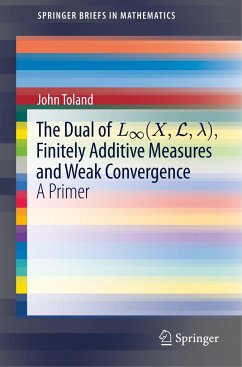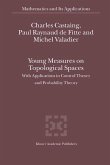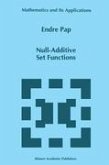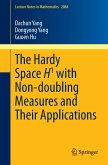In measure theory, a familiar representation theorem due to F. Riesz identifies the dual space Lp(X,L, )_ with Lq(X,L, ), where 1/p+1/q=1, as long as 1 p< . However, L (X,L, )_ cannot be similarly described, and is instead represented as a class of finitely additive measures.
This book provides a reasonably elementary account of the representation theory of L (X,L, )_, examining pathologies and paradoxes, and uncovering some surprising consequences. For instance, a necessary and sufficient condition for a bounded sequence in L (X,L, ) to be weakly convergent, applicable in the one-point compactification of X, is given.
With a clear summary of prerequisites, and illustrated by examples including L (Rn) and the sequence space l , this book makes possibly unfamiliar material, some of which may be new, accessible to students and researchers in the mathematical sciences.
This book provides a reasonably elementary account of the representation theory of L (X,L, )_, examining pathologies and paradoxes, and uncovering some surprising consequences. For instance, a necessary and sufficient condition for a bounded sequence in L (X,L, ) to be weakly convergent, applicable in the one-point compactification of X, is given.
With a clear summary of prerequisites, and illustrated by examples including L (Rn) and the sequence space l , this book makes possibly unfamiliar material, some of which may be new, accessible to students and researchers in the mathematical sciences.








